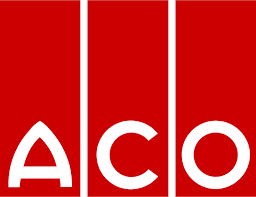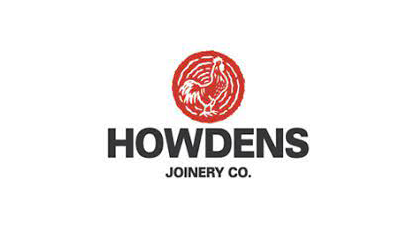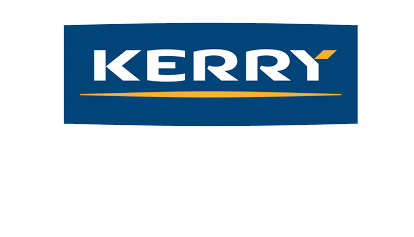Blog

The articles below explain how to overcome common barriers to improvement and how industry leaders sustain the gains where others are not able to.
This is based on our work with well-known and award winning organisations. There is much to learn from them. If there are any topics you would like is to add, please get in touch.
For more detailed articles check out our DAK Academy website guide which contains links to videos, articles and downloads.
Delivering Lasting Improvement
- Details
- Category: Blog
I’m coaching a Continuous Improvement Facilitator who recently complained that getting front line personnel time released for improvement activities is difficult because of the tendency for managers to chase output above all else. In addition, recurring problems continue to constrain output so there is pressure to keep lines running. Over the years, headcount has been reduced so there is little room for manoeuvre... or so it seems.
The dilemma faced by this CI Facilitator is not uncommon.
Why is that?
Delivering the Full Potential
- Details
- Category: Blog
Problem Solving or Centres of Excellence, Which works best?
The main weakness with problem solving is that it is designed to start with a problem. What happens when you have something that works ok but could work better.
Meeting the challenge of introducing best practices, new products, technology and legislation means that the quest for excellence something that problem solving methodologies aren't well suited to deal with.
Find out why they are well supported within a Centre of Excellence approach.
Developing Connected Worker Capabilities
- Details
- Category: Blog
The enhanced connectivity of digital systems creates a new ecosystem which connects up workers and enables the use of slicker more effective ways of working. Delivering the gains from this involves more than the technical challenge of linking up systems. It involves raising skills and engaging the workforce with using the new ecosystem to improve plant and workflow effectiveness. That includes new areas of discipline around data management, use and analysis.
Technology is moving at such a pace that academic courses to develop these skills are always playing catch up. Recruiting people with these skills is also difficult for the same reason. Even when this is possible, one of the biggest tasks involves developing data layers and improving the condition of data. Something that is difficult to do without a good understanding of the business processes. There is a better way to develop those capabilities.
The TPM Digitisation Roadmap
- Details
- Category: Blog
A review of team leader daily routine identified 17 separate IT systems to carry out 33 routine tasks. Linking up those systems into a more connected ecosystem saved 45 minutes of Team leader time per shift.
These gains were welcome but the real gains from Digitisation were achieved through the enhanced connectivity between the physical and digital worlds which make it easier to spot potential problems early and take steps to deal with them before a failure occurs.
These gains included:
TPM, A Road Map for DIgital Transformation
- Details
- Category: Blog
The aim of Digital Transformation is to release the full potential of the enhanced connectivity that investment in Advanced Technology can deliver. Although some benefits will be achieved during the implementation process, this is a journey not a destination.
The real gains come from using the new ecosystem to surface barriers to effectiveness and create slick ways of working that save time and enhance customer value. That includes the use of the 6 real time workflow best practice areas below.
TPM Skills to Get More From Technology
- Details
- Category: Blog
The theory is that what gets measured gets done but some things are not that easy to measure. How do you measure an organisations ability to deliver gains from new technology.
Effectiveness is a measure of how well things work. The higher the level of effectiveness, the easier it is to do good work.
This article sets out benchmark measures of technology effectiveness and how TPM can improve skills to get more from your investment in technology.
A Volunteer is Worth Ten Pressed Men!
- Details
- Category: Blog
Few people would dispute that a volunteer is more motivated than a pressed man. For the same reasons, putting engagement at the heart of the improvement process holds the key to sustained year on year improvement.
Part of the reason for this is that humans are hard wired to seek out solutions to puzzles. Once we find a solution it gives us a sense of achievement that we crave to feel again.
When people are encouraged to become engaged with solving problems in the work environment it is as powerful a motivator as any financial incentive.
Making Improvement A Habit
- Details
- Category: Blog
Get the work process right and it will make problems visible.
Even with good planned maintenance and operator training in place, it takes a multiple actions to ensure that problems get resolved for good.
Putting the final part of the jigsaw in place involves making improvement part of the routine to facilitate the right level of engagement and support so that the weaknesses are worked on until they are resolved.
How do you do that?
Creating New Value from Operations
- Details
- Category: Blog
What emerges from those who succeed in delivering step out gains is that those gains are achieved though close collaboration between commercial, operations and technology functions to innovate, test and refine higher added value products and services. At the heart of those new product and service offerings is the release of new value from operations such as:
- Increased Precision, higher material yield and lower levels of quality defects,
- Improved flow of value and reduced customer lead times,
- High productivity, flexibility and responsiveness to shifts in demand.
Typically this involves targeted investment projects and the implementation of advanced technology.
This is not a straight forward journey as an industry leading organisation committed to exploring the potential of Industry 4.0 found out. They failed on more than one occasion to deliver the gains from advanced technology until they recognised that:
Moving Beyond Zero Breakdowns
- Details
- Category: Blog
Even in highly data driven organisations, leaders still need to make judgement calls when taking medium to long term decisions.
In that situation, assumptions are used to join the dots between what is known and what is needed to be known. This is a completely valid part of the management process. Often data isn't available or there just isn't the time to consider every option in detail before deciding on next steps.
What does need to be challenged is where assumptions lock in poor practices and create barriers to progress. For example,


















